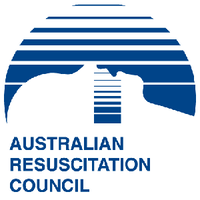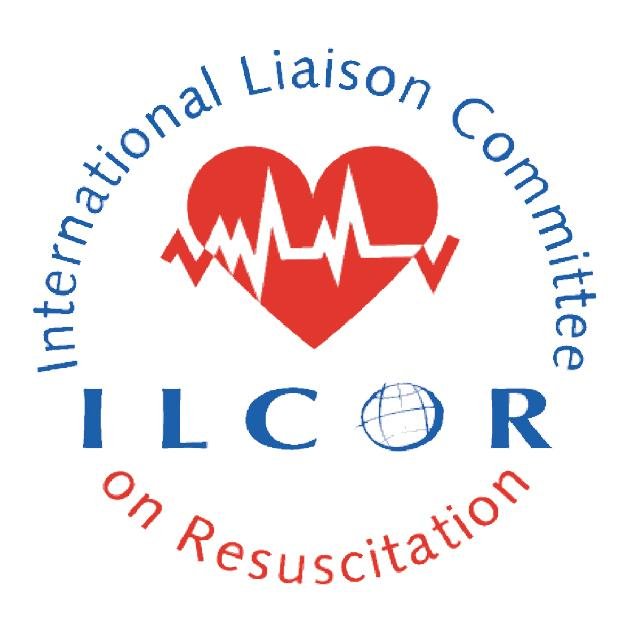Key concepts
Learning Module 1: Objectives
- Review the standard equipment and personnel required at all births
- Review the antepartum & intrapartum risk factors associated with the need for resuscitation of the newborn
- Review fetal circulation and normal transition to extra-uterine life
- Identify the reasons why a newborn may have difficulty establishing breathing following birth
- Review the indications for First Response interventions
- Outline the methods of:
- Assessing the adequacy of breathing
- Providing positive pressure ventilation
- Assessing the infant’s heart rate
- Providing chest compressions with positive pressure ventilation
- Identify the infant who requires advanced resuscitation measures
- Outline the indications for the following advanced resuscitation interventions:
- Endotracheal intubation
- Umbilical vessel catheterisation
- Administration of drugs (Adrenaline and volume expanders)
- Other drugs
- Resuscitation in special circumstances
- Withholding and withdrawing resuscitation efforts in the delivery room
New: April 2021- ANZCOR Neonatal Guidelines
The Australian and New Zealand Committee on Resuscitation (ANZCOR) published the updated Neonatal Guidelines in April 2021. These can be accessed from the ARC website.
New: November 2020- CoSTR Neonatal Guidelines
The 2020 International Consensus on Cardiopulmonary Resuscitation and Emergency Cardiovascular Care Science with Treatment Recommendations (CoSTR) recommendations are available for download here: Neonatal Life Support_ILCOR_Nov_2020
Contents
Based on the Australian Resuscitation Council (ARC) and New Zealand Resuscitation Council (NZRC) Neonatal Guidelines (2016)
An overview of the International Liaison Council on Resuscitation (ILCOR) guidelines can be accessed here.
- Summary of the key concepts and guidelines for resuscitation of the newly born infant
- Preparing for resuscitation of the newborn
- Factors which place the newborn at risk of requiring resuscitation – maternal, fetal & intrapartum
- The transition from intra-uterine to extra-uterine life
- Disorders of transition
- Assessment of the newly born infant
- First Response Interventions
- Airway
- Positioning the infant to open the airway
- Clearing the airway
- Management of the infant born through meconium stained amniotic fluid
- Breathing
- Positive pressure ventilation devices
- Face masks
- Reducing face mask leak
- The technique of mask ventilation
- Supraglottic airway (laryngeal mask) – NEW!
- The first breaths of life
- Assessing the effectiveness of mask ventilation
- The preterm infant: special considerations
- Supplemental oxygen during resuscitation
- The use of pulse oximetry
- The relationship between SpO2 and PaO2
- Titrating oxygen to the infant’s requirements
- Circulation
- Assessment of heart rate
- Indications for external chest compressions (ECC)
- Techniques of external chest compressions
- Airway
- Advanced Resuscitation Interventions
- Resuscitation in special circumstances
- Discontinuation of resuscitation and/or withdrawal of resuscitation efforts
- References, links and further reading
Queensland Health staff should also refer to the Queensland Maternity and Neonatal Clinical Guideline: Neonatal Resuscitation. Updated October 2022. Available via the Queensland Health Clinical Practice Guidelines website.
| Next |


